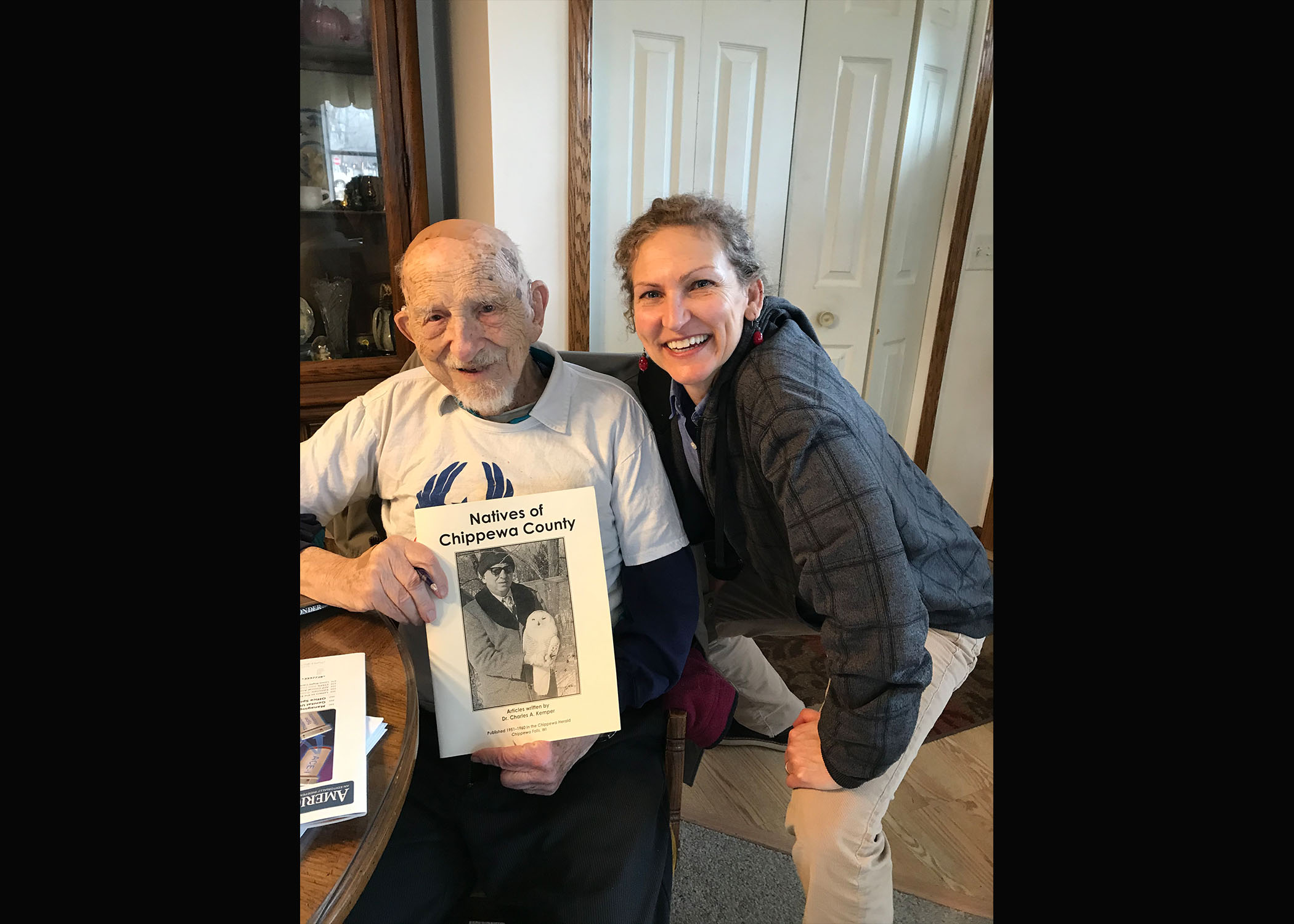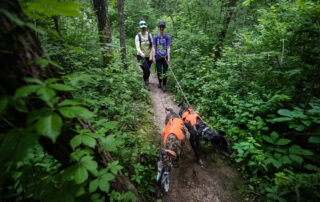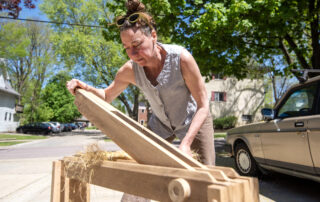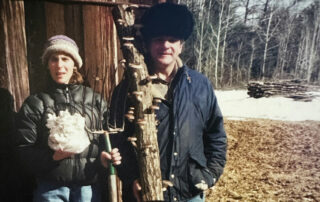Saving lives is something a doctor does. Writer Patti See shares this story of a western Wisconsin physician whose life-saving skills extended beyond humans into the animal world as well.
==
Generations of Chippewa Falls children knew family doctor Charles Kemper as “The Birdman.” Southside kids — like me — often rode our bikes through the alley behind his house just to get a glimpse of the caged raptors he fostered.
Doc Kemper turned 100 years-old in December. An MD for so long, the babies he delivered grew up to have babies—and he delivered those too. He hung up his stethoscope, but he’ll be a bird lover forever.
As a licensed volunteer for the U.S. Fish and Wildlife Service, Doc captured birds in nets on his own 80 acres and attached tiny stainless-steel ankle bracelets around even tinier legs. The image that comes to my mind is a monitor for house arrest, though the purpose of banding is the opposite of home confinement for felons: fly away so we can trace your route. Birds are caught again elsewhere so their movement can be reconstructed, then they are released in a game of avian tag that sometimes spans continents.
All data — which offer clues on migration, behavior, reproduction, lifespan and survival — are sent to the central U.S. Geological Survey’s Bird Banding Laboratory. Doc spent seven decades banding 110,000 birds.
His first interest in “feathered friends” was sparked out of boredom as an Army Air Corps flight surgeon, whose trip across the Pacific took thirty days, often skirting a typhoon that churned up 3-story waves. He passed mundane hours on board ship by watching the majestic albatross and other seabirds.
“For 30 days, we crossed the ocean. I don’t think Kon-Tiki took much longer,” Kemper said. “I spent much of my time on the stern watching the seabirds. Here, thousands of miles from land, there were always a few birds in sight — fulmars, petrels, and shearwaters. When you’re all alone, just a speck floating on a great ocean, you soon find a kinship to other living things that keep you company.”
Though WWII ended while Doc was at sea, he continued on to Okinawa. After his military service and further training at Harvard, he and his wife settled in Chippewa Falls, and Doc began his career as a country doctor. For over forty years, he made house calls, almost unimaginable given today’s HMO’s and medical centers so big they have separate “campuses.”
Not long after moving here, Doc founded the Chippewa Wildlife Society to promote sanctuary and refuge to animals. Word spread. A farmer once showed up in Doc’s office cradling a colt with a broken leg. A veterinarian suggested putting it down, but Doc set the leg with four “Reader’s Digest” magazines and a plaster cast. While one of his human patients was in labor, Doc carried an injured chipmunk in his lab coat pocket. He swears that mother named her baby “Chip.”
After a roadrunner hitched a ride in an open U-Haul with a couple moving from California, Doc nursed the dehydrated and starving “ground cuckoo” by feeding it minnows. Kids from all over town came to see this bird — exotic for Wisconsin — and ask why it didn’t say “beep-beep” like in the cartoons. This stray rode back to Twentynine Palms on a Delta flight; a park ranger released it into the wild.
From 1957 to 2002, Doc visited a local TV tower daily during spring and fall migrations to count birds that had collided with the thick guy wires which hold up communication towers. The worst night, he says, birds fell from the sky like rain. Who can imagine the horror of counting over 10,000 dead bodies by hand?
“I guess if I wasn’t such a nut, I wouldn’t have bothered with it,” Doc said.
He counted live birds, too. He organized the first Christmas Bird Count in Chippewa County and participated for 58 years, almost half of this Audubon Society-sponsored event’s 120-year history. The centenarian tells me, “There is a story for each species.”
To call Doc a “birder” is like saying Fred Astaire was a “fine dancer” or Kobe Bryant was a “pretty good ball player.” There is no telling the number of lives Doc Kemper helped save: from young soldiers to Chippewa county residents — human and animal — to billions of birds flying through Wisconsin, cared for and counted by the bird man.
“To this day I can shut my eyes, feel the swell of the ocean, the roll of the ship and see shearwaters and albatross on stiff wings skimming over the waves. To them, I owe a great debt. They initiated me into a wonderful life’s avocation: watching birds.” – Charles “Doc” Kemper









